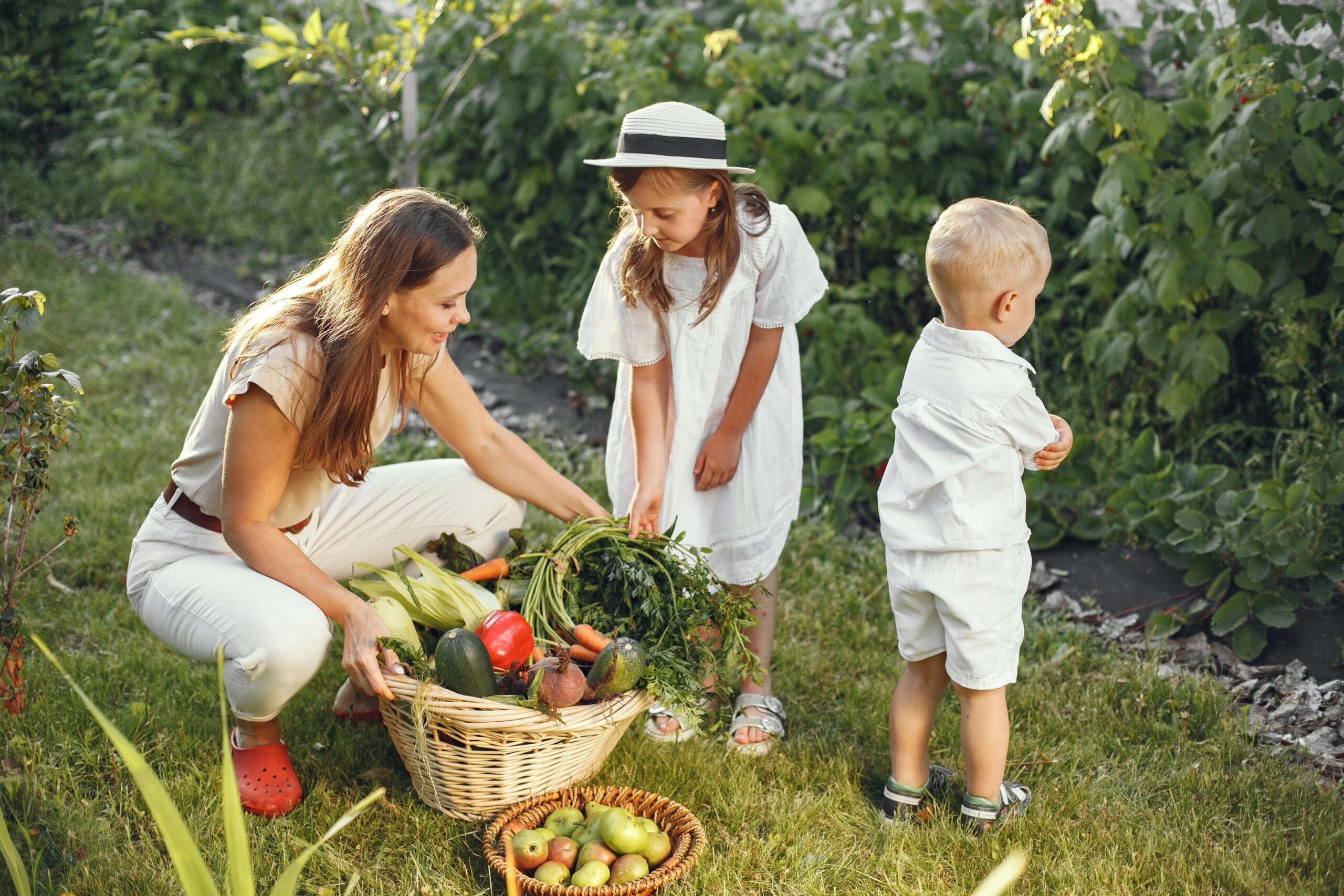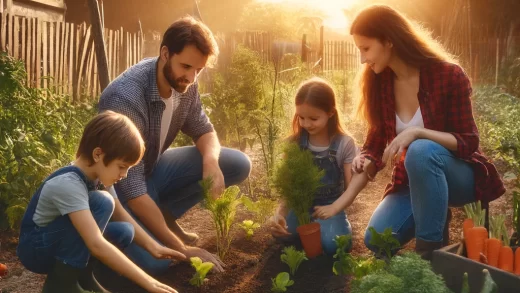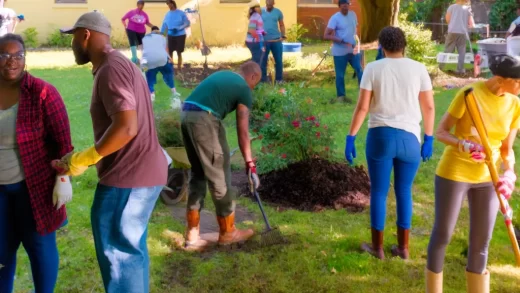Community Building for Self-Reliant Living
In the pursuit of self-reliant living, one of the most profound realizations is that independence doesn’t equate to isolation. Instead, it’s about fostering interdependence within a community of like-minded individuals who share similar values and goals. Community building plays a pivotal role in achieving and sustaining self-reliant lifestyles, offering a network of support, resources, and shared knowledge.

The Power of Community
At its core, self-reliant living isn’t about going it alone; it’s about recognizing the strength that comes from collaboration and mutual aid. Building a community around self-reliance provides a safety net in times of need and amplifies the potential for success in various endeavors. Whether it’s swapping surplus produce from backyard gardens, sharing skills in homesteading, or pooling resources for collective projects, the synergy of a community magnifies individual efforts.
Sharing Resources and Expertise
Communities built around self-reliant living thrive on the principle of reciprocity. Members contribute what they can, whether it’s time, knowledge, or resources, and in turn, benefit from the collective wisdom and support of others. From seed exchanges and tool libraries to communal spaces for workshops and gatherings, these networks enable individuals to access a diverse range of resources and expertise they might not have on their own.
Mutual Support and Resilience
In the face of challenges, whether it’s extreme weather events, economic instability, or personal setbacks, a strong community serves as a source of resilience. By pooling together resources, skills, and emotional support, community members can weather storms more effectively than if they were facing them in isolation. From shared childcare arrangements to neighborhood emergency response plans, these networks ensure that no one is left to face adversity alone.
Cultivating Connection and Belonging
Beyond practical benefits, community building fosters a sense of belonging and connection that is essential for human well-being. In an increasingly individualistic society, forging meaningful connections with others who share similar values can be profoundly fulfilling. From community potlucks to skill-sharing workshops and collaborative projects, these gatherings strengthen bonds and cultivate a sense of camaraderie among members.
Nurturing Future Generations
Community building for self-reliant living isn’t just about the present—it’s also an investment in the future. By passing down knowledge, skills, and traditions to future generations, these communities ensure that the ethos of self-reliance endures. Whether it’s teaching children how to grow their own food, repair household items, or navigate the natural world, these intergenerational connections lay the foundation for resilient communities in the years to come.
Conclusion
In the journey toward self-reliant living, community building is not just a complementary aspect—it’s a cornerstone. By fostering connections, sharing resources, and supporting one another, these communities embody the essence of self-reliance in its truest form. Together, they demonstrate that the strength to thrive lies not in rugged individualism, but in the collective power of a united community.



